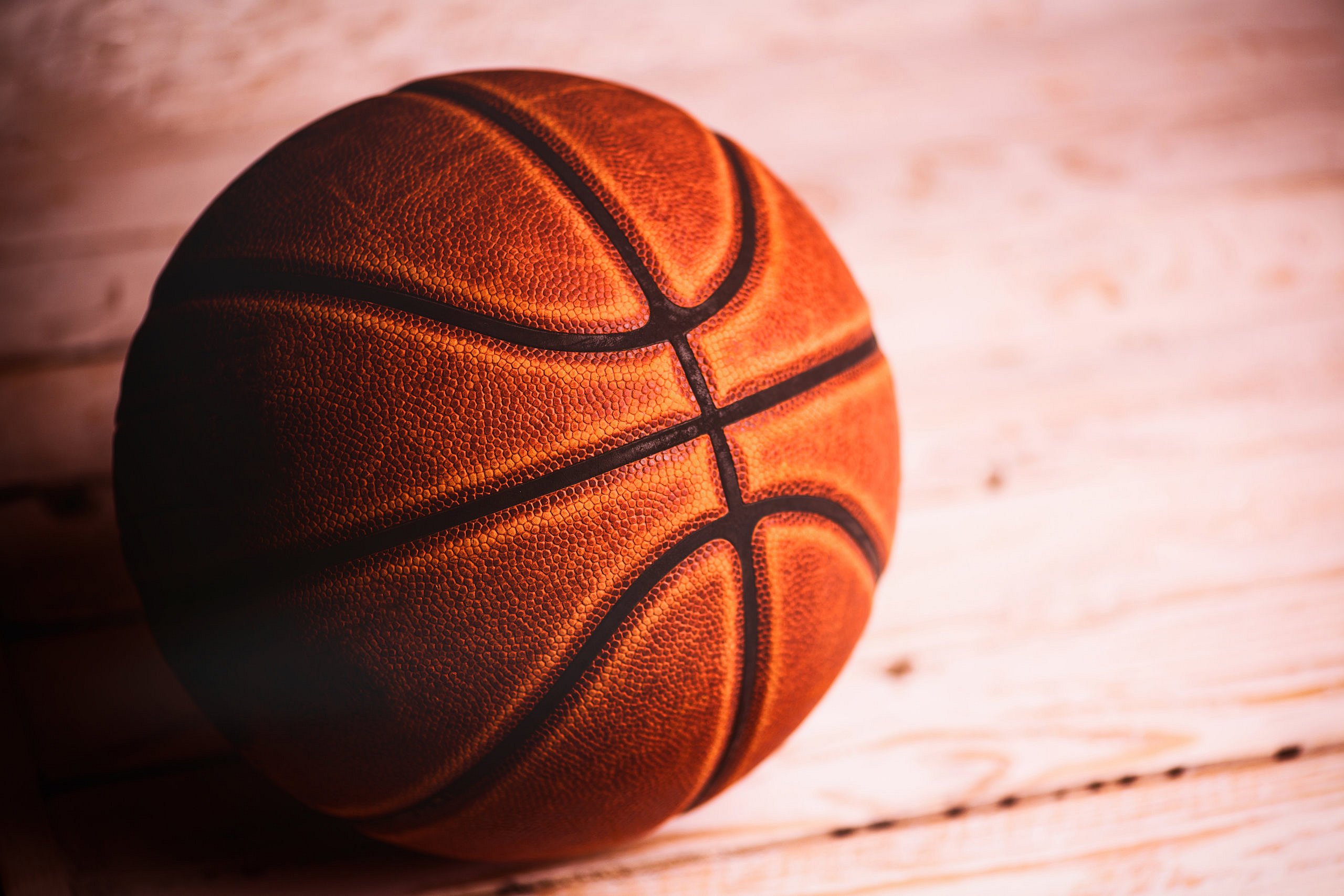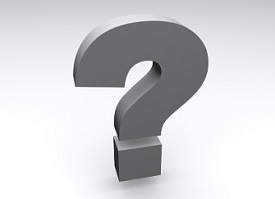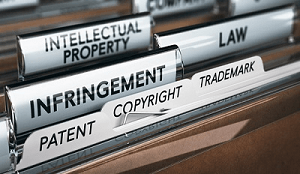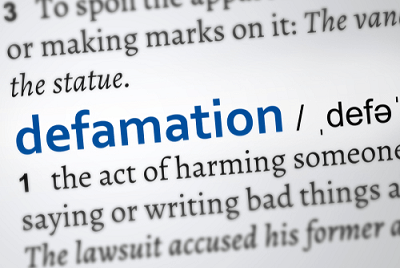As COVID-19 (coronavirus) spreads, the New York Knicks, along with the rest of the NBA, decided to suspend its season until further notice after a player tested positive for the virus. Though public health is a top priority and of great concern, the decision is also a strategic and legal decision to curb liability from potential personal injury claims arising from premises liability in New York and beyond.
What Does Premises Liability Mean?
In this case, the NBA has a legal duty not to act negligently. As an organization that contracts with companies operating large stadiums and arenas like Madison Square Garden to host basketball games, this means they have an obligation to keep guests and workers at these venues safe. Outside of open, obvious hazards, failure to take these steps makes them liable for injuries.
Normally, courts won’t hold organizations and teams liable for injuries to spectators during sporting events; tickets bought by attendees normally disclaim liability, and attendees assume the risk of injuries that come with attending a basketball game. In other words, if you buy a courtside seat for a Knicks game, you assume the risk of injury that could happen if RJ Barrett plows into you chasing a loose ball – if that’s not acceptable to you, sit further away from the court.
Why Is Coronavirus Different for Personal Injury Claims?
Public health crises like coronavirus are completely different because they have no connection to the sport of basketball itself. It’s also true that it wasn’t foreseeable when tickets to the game were purchased. Even when tickets have broad disclaimers including language waiving liability for injuries or death “related in any way” to attendance at the game, there’s a strong possibility a judge might disagree and rule against the team and the league.
The risk of coronavirus is in no way inherent to the game of basketball or watching a game in person. Additionally, an ordinary person – the standard used when arguing negligence in personal injury cases – who decided to buy a ticket and attend a game would probably expect the league would take dramatic measures if it became aware a player tested positive for COVID-19. This means that if the NBA and a team knew a player was infected but played games anyway, they could become liable for injuries and deaths that resulted later. The liability implications could be staggering, considering that in a 9 day span the infected player was present and involved in games in Cleveland, New York, Boston, Detroit, Toronto, and Salt Lake City.
New York Personal Injury Lawyers
If you have questions about personal injury liability or are looking for a top New York personal injury lawyer to help you get the compensation you deserve after an accident, contact the talented attorneys at MOWK Law today. We have the knowledge, resources, skill, and drive to make sure your best interests are looked after, you are protected, and you get the best result possible. Contact us today with your questions!





